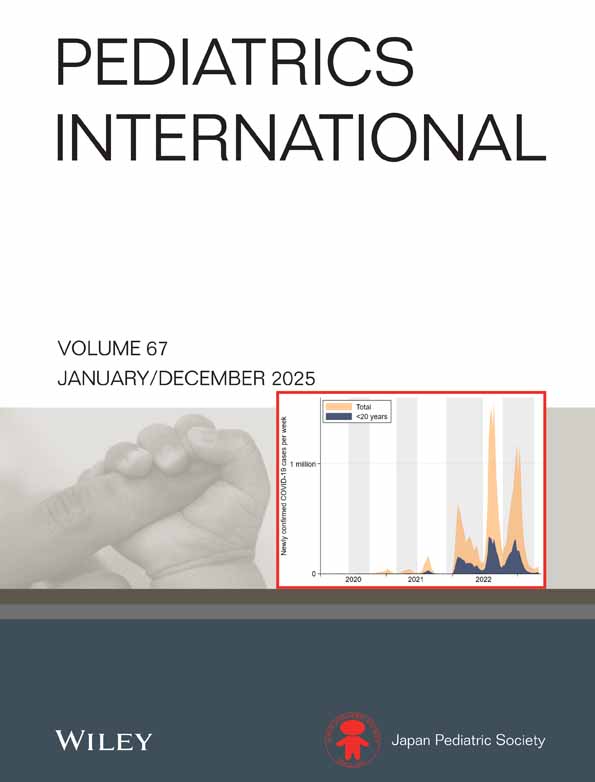Effects of passive smoking on lung function in children
Abstract
Background : Passive smoking can have significant effects on lung function with reductions in forced vital capacity (FVC), forced expiratory volume in one second (FEV1) and forced mid-expiratory flow rate (FEF25-75%) of between 5 and 10%.
Methods : Fifty non-smoking children aged 6−15 years, who had no history of asthma or atopy and no parental history of atopy, were assessed with respect to their lung functions (FEV1, FEV1/FVC, FEF25−75%).
Results : Thirty-three of these children were being exposed to environmental tobacco smoke inside their homes, while 17 children were not exposed. In the ‘passive smoker’ group the FEV1, FEV1/FVC and FEF25-75% values were found to be significantly lower than the non-smoker control group's values (P = 0.0080, 0.0228 and 0.0003, respectively). The decrease in FEF25-75% was significantly correlated inversely with the number of cigarettes smoked per day (P = 0.0261).
Conclusions : There is sufficient evidence to support the notion that environmental tobacco smoke is a serious health burden for children. Considering that recent studies suggest that up to 70% of children grow up in homes with at least one smoker, every effort should be made to reduce these children's exposure to environmental tobacco smoke and to give them a chance to grow up in a more healthy environment.




